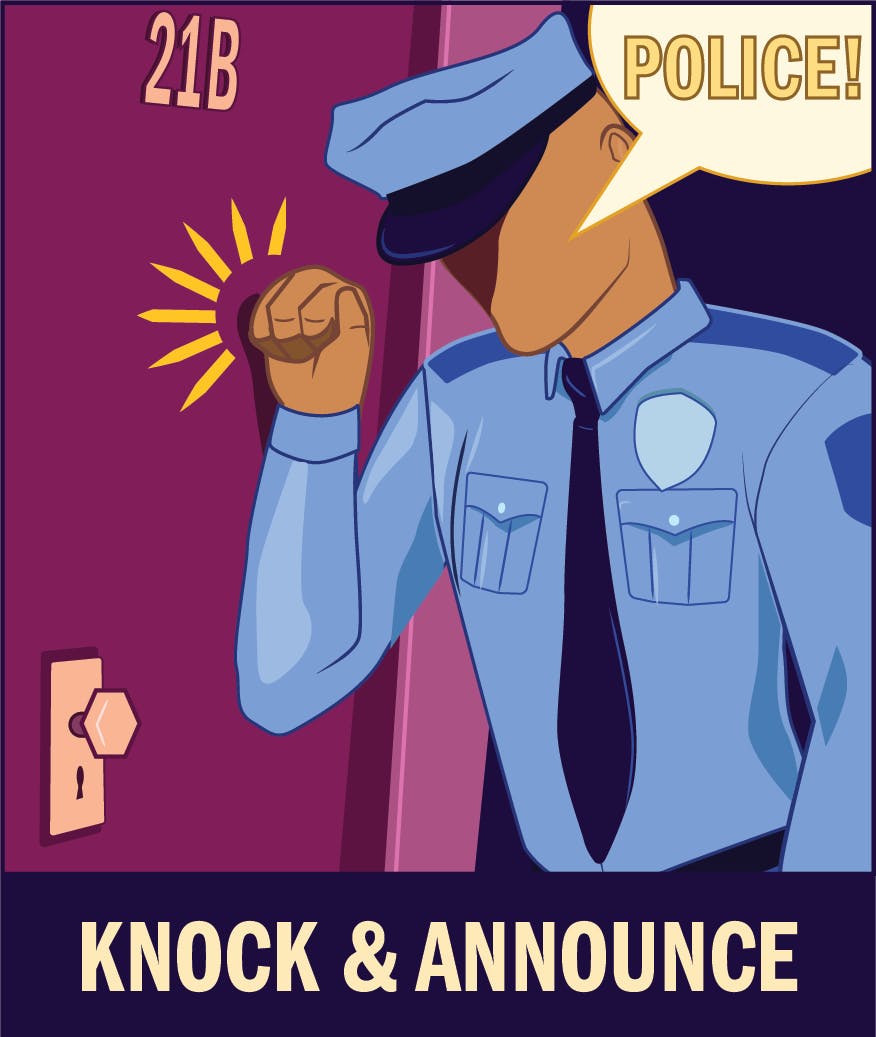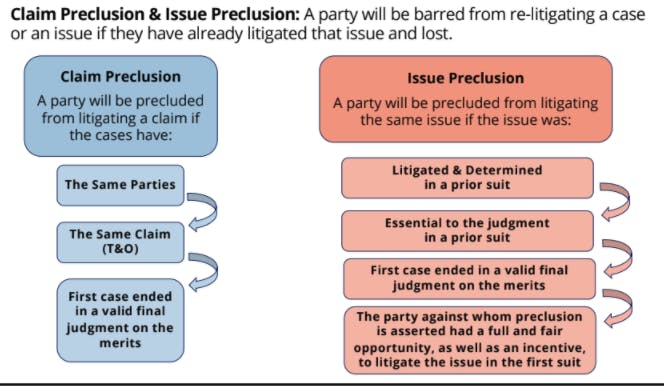Using Visuals for Learning
by Lisa Young, Esq., Senior Director of Academics | August 28, 2020

As the saying goes, a picture is worth a thousand words… Students spend so much time staring at words on a screen or page, too much time perhaps. And, while they may sometimes be engaged―or even captivated―it is also quite likely that at times they read with only passive attention or that their thoughts meander elsewhere. The overabundance of text not only leads to distraction but can also lead to cognitive overload, which actually inhibits learning. If we lose a student’s attention, we lose a learning opportunity! But, when a pop of color, an interesting graphic, a stimulating photo, or intriguing lettering and formatting are incorporated, something transformative happens―the words take on new meaning―they come alive.
Animating legal terms and concepts with visuals creates a new memory for students, which enhances attention, engagement, and retention. Visuals allow students to see the legal concept and to make a visual association between the concept, the illustration, and prior memory. Visuals are not just a way to add a touch of flavor to a presentation, exercise, or class session; they serve as recall and retrieval cues for students by utilizing their right brain. According to ample research related to learning and memory, the use of visuals helps students process information and increases their ability to recall and apply what they have learned.
Visual organizers, such as tables and flowcharts, promote learning by helping students see processes, relationships, contrasts, causal connections, and conceptual landscapes by helping students see processes. Thus, these visual illustrations and visual organizers attach to the memory of the legal concept and aid in the retrieval process. Since most students struggle with retrieval, this is a creative and easy way to help facilitate the advancement of their memorization skills.
Adding Visuals to Aid in Learning
Of course, it is one thing to understand the importance of adding visuals to aid in learning. It is another thing to know how to use visuals to effectuate the best possible outcome for our students.
Here are some ideas to get you started:
- Embed a photo or picture that illustrates an example or a hypothetical that you are reviewing in class. Much like how a story becomes memorable, this photo will create that visual story in a student’s mind.
For example: If you are discussing the 4th Amendment knock and announce rule, you could show a picture that is a literal visual representation of an officer knocking on a door with a warrant like this one used in Kaplan Bar’s Criminal Procedure lecture.

- Use a visual representation that dovetails with another memory device like a mnemonic.
For example: If you are discussing justiciability in Constitutional Law and use the mnemonic RAMPS, you can tie the visual to the mnemonic device instead of the actual legal concepts as we did here in this illustration.

- Use a table or chart that organizes or creates linkages between concepts.
For example: If you are illustrating the difference between two distinct, yet similar legal concepts as done here with issue and claim preclusion.

- Use an infographic in your instructional materials to link concepts to visuals by breaking down complex legal content into more manageable and distilled summaries as we did here to illustrate the 4th Amendment.
Whether you decide to create something elaborate like an infographic, or add simple icon graphics, there is no doubt that adding visuals to your lectures will increase student’s learning and retention.

Lisa Young is Senior Director of Academics and Product at Kaplan Bar Review. In this role, she oversees the creation of content, designs course curriculum, and manages faculty and product vision to ensure student success. She received her J.D. from Seattle University School of Law in 2000 and has been preparing students for the bar exam since 2001. Prior to working at Kaplan, Lisa created, directed, and taught in The Bar Studies Program at Seattle University School of Law where she integrated bar skills into the law school curriculum.
See more posts by Lisa Young, Esq., Senior Director of Academics
